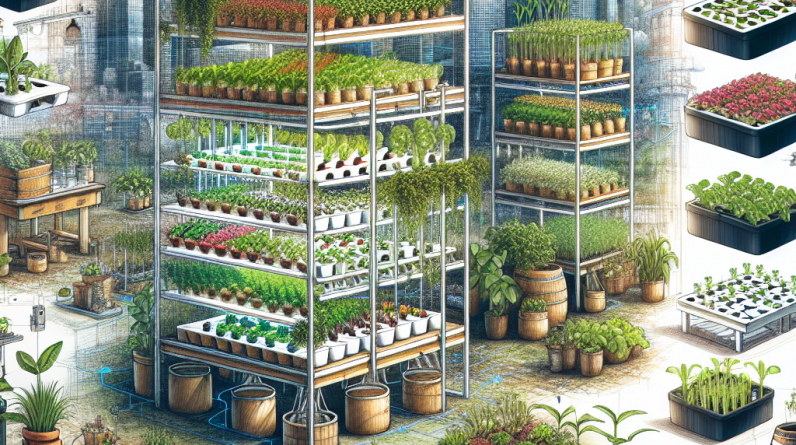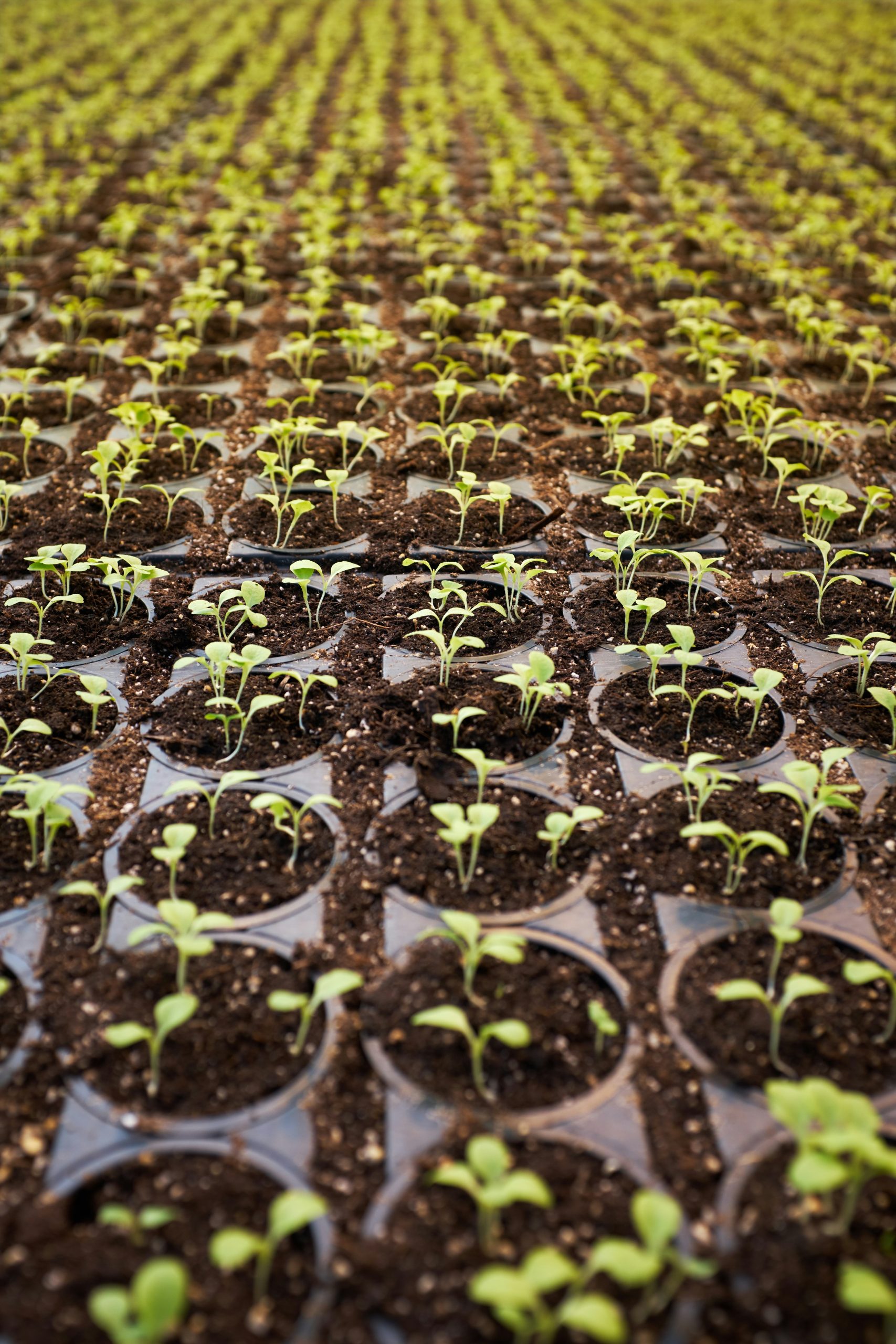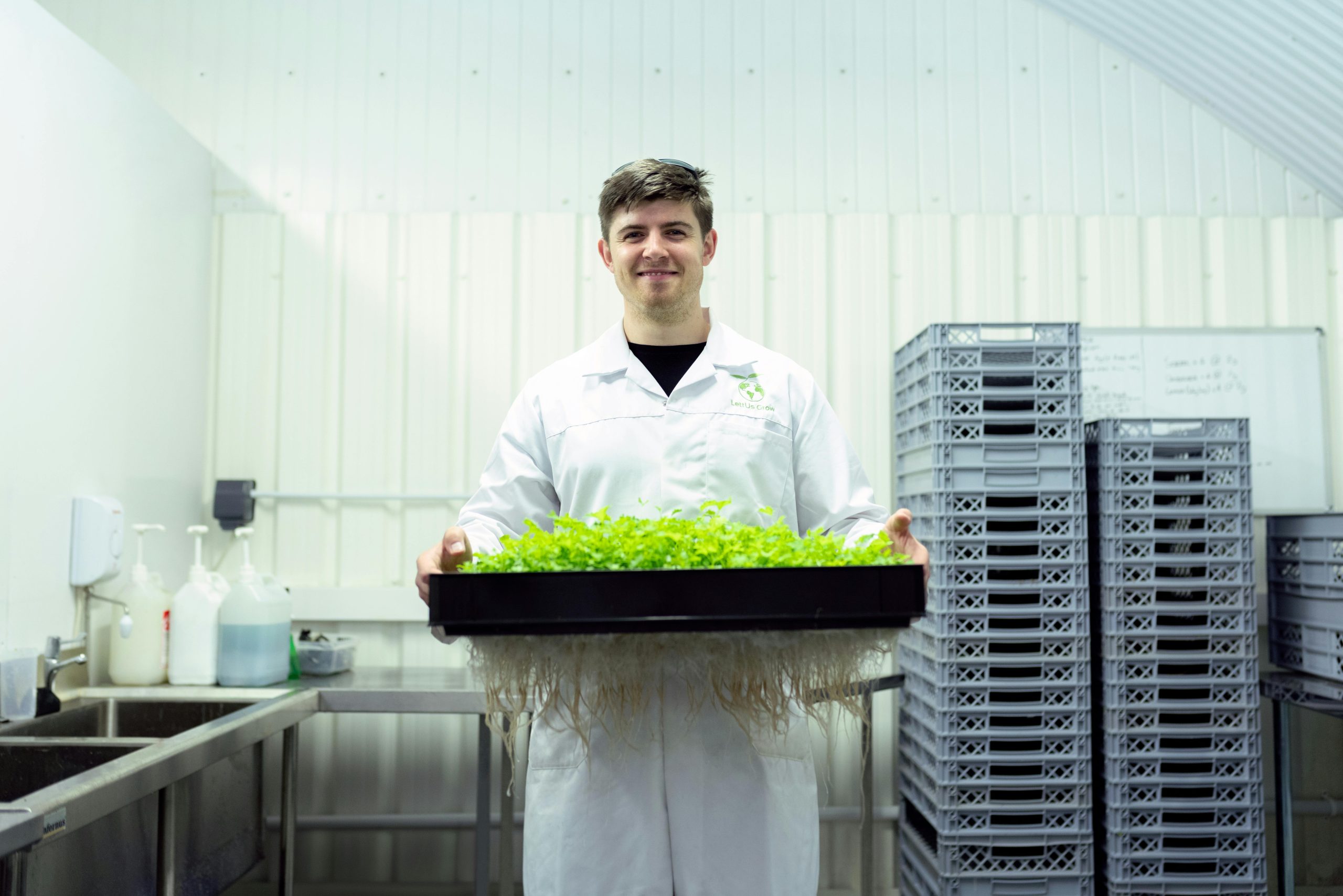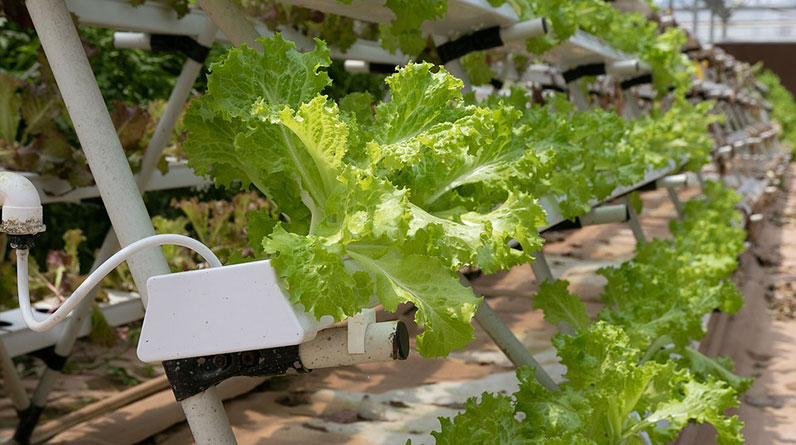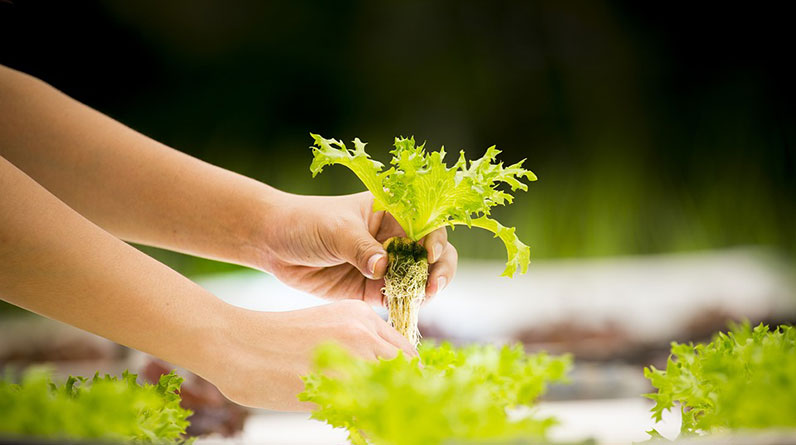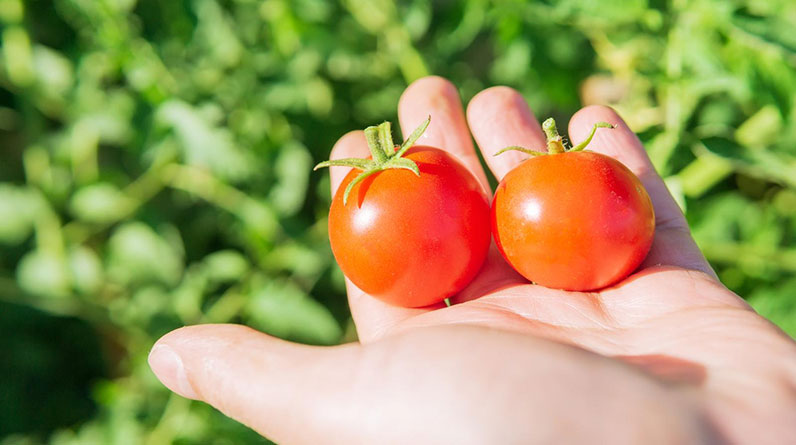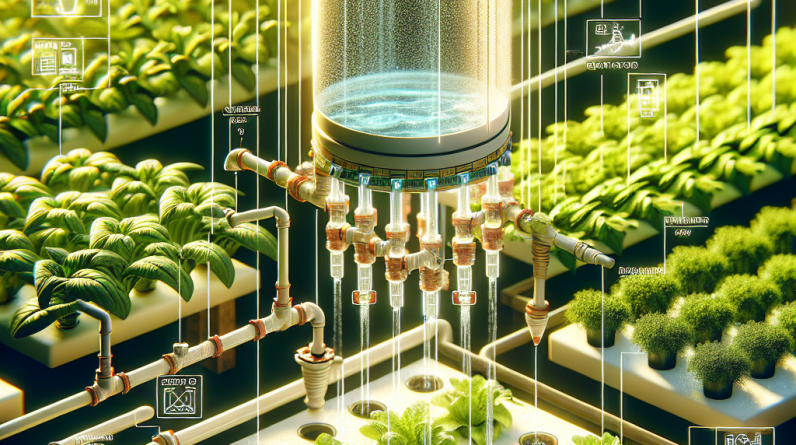
Understanding Drip Systems
What Are Drip Systems?
Let me kick things off by giving you the lowdown on drip systems. They are basically a method of watering that gradually delivers water directly to the roots of the plants. It’s super efficient, saving water while ensuring that your plants are never thirsty!
This method uses a network of tubing, connectors, and emitters that help control the flow of water. I mean, who wouldn’t want to streamline their watering efforts? Drip systems make it easier for us to distribute nutrients as well, which is a big deal in hydroponics.
Having a good grasp of drip systems is essential for anyone venturing into hydroponic farming. You’ll thank yourself later when you see your plants thriving without wasting resources.
Benefits of Using Drip Systems
Now, let’s talk benefits! First off, the water conservation aspect is huge. Drip systems can use up to 50% less water than traditional watering methods. Trust me, your water bill will thank you for it.
Moreover, controlling the delivery of water to your plants minimizes the risk of over or under-watering, both of which can kill your precious crops. It’s like a lifeline for your plants. And let’s not forget the reduced weed growth, since we’re not flooding the whole grow area.
In short, if you care about efficiency, sustainability, and, let’s be real, making your life easier, a drip system is where it’s at! It aligns perfectly with the ethos of modern hydroponic farming.
Choosing the Right Equipment
Choosing the right equipment is crucial. You want to make sure everything fits together to form a friendly little network of hydration for your plants. I recommend looking into high-quality tubing and emitters that can withstand wear and tear.
Also, consider the size of your growing area. For smaller setups, a basic system may suffice, but if you’re diving deep into hydroponics, you might need a more complex system with multiple lines.
Lastly, always check for compatibility with your nutrient solution. Some components might react with certain nutrients, so doing your homework can save you from headaches down the line!
Setting Up Your Drip System
Planning Your Layout
Alright, let’s get into the fun part: setting things up! Start by mapping out your space. I like to visualize where each plant will go and how the water lines will traverse through them.
Keep in mind factors like sunlight exposure and airflow. You want your plants to thrive, so spacing them correctly will help avoid overcrowding and allow for adequate light and air circulation.
Also, make your setup adjustable. As your plants grow, their water needs will change, and having the ability to tweak your layout can make a big difference.
Installing the Components
Once you’ve got your plan, it’s time to dive into installation! Start with the mainline tubing. Make sure it’s securely anchored, so you don’t have to worry about it shifting around later.
Next, add the emitters. I like to space them according to the plant’s needs—some plants prefer more moisture than others. Don’t skimp on testing the flow rate; you want to ensure every plant gets the attention it deserves.
I usually also add a filter to the system to prevent clogging, which can be an absolute nightmare. This small step goes a long way in keeping your garden running smoothly!
Testing the System
Once everything is in place, it’s time for a test run! Turn on your drip system and observe how the water flows. Keep an eye on each emitter and make sure that there are no leaks—this can warp your whole system if you’re not careful.
If you notice any uneven watering, make adjustments as needed. Some emitters might deliver more water than others, which can lead to thirsty or drowned plants down the line.
Make this part of your routine! Regular testing can prevent many issues and keeps your plants healthy and happy.
Maintaining Your Drip System
Regular Checks
Maintenance is key to keeping your drip system efficient! I usually set a schedule for regular checks, meaning I can catch issues before they escalate into significant problems.
Check for clogs in the emitters regularly. A simple cleaning can sometimes do wonders and restore your plants’ hydration levels!
Also, take a peek at the tubing for cracks or leaks. Replacing them promptly can save water and resources while keeping everything running smoothly.
Seasonal Adjustments
As we all know, plants are sensitive creatures. Their water needs can shift depending on the season or their growth stage. Adjust your nutrient solutions and watering schedules to accommodate these changes.
In the warmer months, for example, you might need to increase the watering frequency. It’s all about playing it by ear and being flexible with your setup.
Keep an eye on environmental changes as well. This adaptability is essential in hydroponic farming, where conditions can change rapidly.
Storing the System for Off-Season
If you’re only growing seasonally, proper storage of your drip system is vital. Clean everything thoroughly before packing it away. This will prevent mold or bacteria buildup during the downtime.
I usually keep my system’s components in a dry, cool place to ensure they last season after season. A little preventative care can save you a headache next time around!
Also, document any important configurations you made during this season, so you can easily set things up just as effectively next time!
Conclusion
Using drip systems in hydroponic farming is an incredibly efficient way to grow your plants. From understanding what they are to setting them up and maintaining them, I’ve shared my journey to make your path a bit clearer. And let’s face it—there’s nothing quite like watching your plants thrive because you’ve given them what they need in the best way possible!
FAQ
1. Are drip systems suitable for all types of plants?
While many plants benefit from drip systems, it’s essential to consider individual water needs. Some require consistently moist soil, while others prefer dryer conditions.
2. How often should I check my drip system?
I recommend checking your drip system at least once a week. Regular checks help you avoid leaks and clogs that could harm your plants.
3. Can I use a drip system with nutrient solutions?
Yes! Drip systems are excellent for delivering nutrient solutions directly to the roots, making sure your plants get everything they need efficiently.
4. What should I do if my emitters clog?
If you experience clogging, you can remove and clean the emitters with water or vinegar. If they’re damaged, replacing them is often the best solution.
5. Is it possible to automate a drip system?
Absolutely! There are timers and automatic controllers available that can help you set specific watering schedules, making it easier to manage your hydroponic farm.


